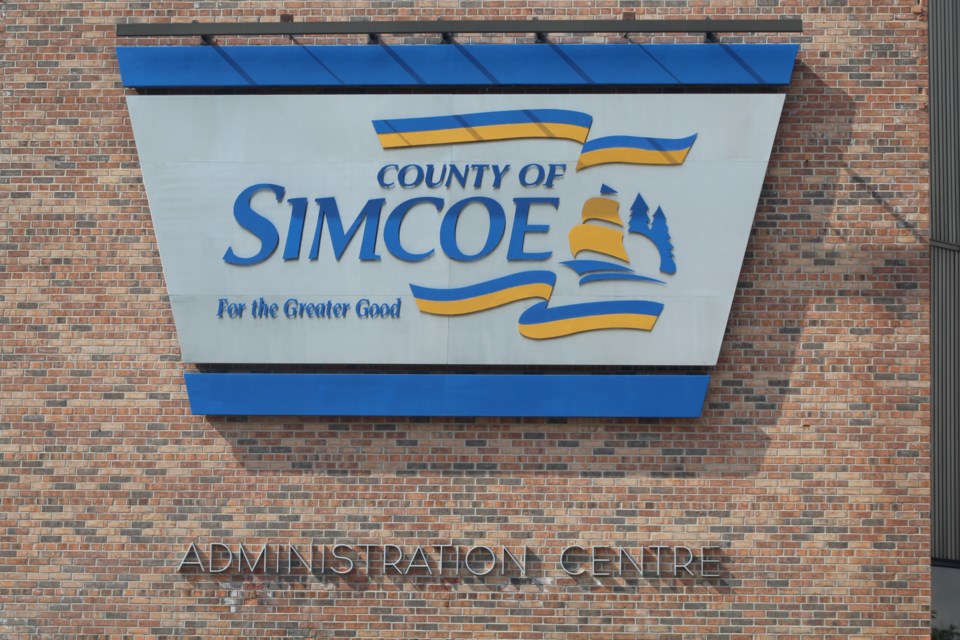I used to love writing a weekly column for the old Bradford Times.
Each week, I’d discuss an issue in the news and pose a simple question, “So, whaddaya think?” It was a privilege to wrestle with ideas in the local paper. Since then, The Times closed, BradfordToday became required reading connecting our community online, and I lived, worked and studied around the world — but Bradford West Gwillimbury is always home.
That’s why I’m so delighted to be joining BradfordToday with a twice-monthly column.
In these columns, I’ll discuss current events and propose ideas to address local issues.
I have worked for clients in Canada, the U.S., China and the UK in my consulting business, but this column will always aim to be fair-minded, informed by my perspective but never biased. Please do not hesitate to email me in reply to what you read at [email protected].
It’s always nice when you’re ahead of the curve. So it must feel good to be Mayor Rob Keffer and Deputy Mayor James Leduc.
Over a year ago, they started to ask some tough questions about Bradford West Gwillimbury’s place in Simcoe County.
Was a growing, rapidly suburbanizing municipality like ours best served in a sprawling county that extends up to Muskoka? Was the growth in BWG effectively subsidizing everyone else? Should we look at an alternative such as joining York Region?
These were big questions, but the answers coming back from consultants were blunt: interesting intellectual exercise, but the provincial government is not interested in debating regional governance structures.
Well, that was then and this is now, as they say.
Premier Doug Ford is very much interested in examining regional governance. He already intervened rather dramatically to reduce the size of Toronto city council, and he has announced an expert task force to interrogate the ways in which our municipal and regional governments are set up.
It’s a long overdue exercise, and, if done right, it has the potential to improve government, streamline local services and save the taxpayers money.
There seem to be two main motivations for this review. The first is Ford’s desire to cut the fat out of government in general.
In this regard, Niagara Region seems to be the prime target. It has 125 municipal councillors, mayors and regional councillors serving a total population roughly the size of Hamilton, which manages with just 16 city councillors.
There are more politicians per capita in Niagara than anywhere else in the province. It’s frankly absurd. Look for the task force to propose amalgamating and streamlining in this region.
Similarly absurd is the fact Mississauga — our third largest city — is actually part of Peel Region, and needs to get regional approval for its policing, planning and other city priorities.
My friend Mayor Bonnie Crombie estimates there is at least $30 million per year in duplication as a result.
The joke around Queen’s Park is the premier might amalgamate Mississauga and Brampton in order to force his scandal-plagued predecessor Patrick Brown out of a job as mayor, but the more likely outcome is Peel Region itself will cease to exist, with Mississauga and Brampton becoming independent cities. (Similar moves could well occur in York Region, with Vaughan and perhaps Markham becoming stand-alone cities.)
Like an asteroid ricocheting off the face of a planet into orbit, that move would leave Caledon spinning off on its own, which is how the regional review could reach us: there is some minor cleanup to be done in Simcoe County in terms of potentially amalgamating some of the smaller, northern townships, but the biggest potential changes to our town might come to the south.
The simple reality is Caledon, Bradford West Gwillimbury, East Gwillimbury, Georgina, Innisfil, King Township and New Tecumseth are all towns of a similar size, demographic, suburban-to-rural makeup and growth projections. There are compelling reasons to create a new regional structure out of South Simcoe and northern York. You could even call it Gwillimbury Region.
This would let the remaining southern towns in York focus more on their urbanizing needs, and allow for our smaller communities to focus on our distinct needs.
There may well be some tinkering with municipal boundaries, too (for instance, it makes sense to put all of the Holland Marsh in one town, rather than splitting it up).
Now, this is partly conjecture.
But for Bradford West Gwillimbury to remain ahead of the curve, our town council should lead a local consultation process to land on an official “ask” of the regional governance review. If we stand tall with a clear proposal, we might not merely get what we want — we might well lead the way.
Jonathan Scott is a public affairs consultant and writer.



